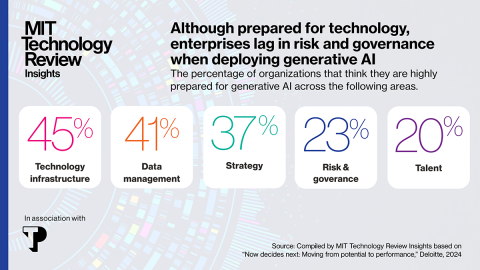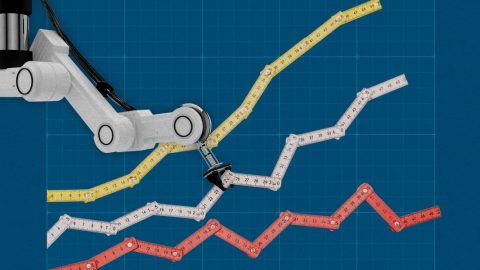
Most big tech firms now boast fun-size versions of their flagship models for this purpose: OpenAI offers both GPT-4o and GPT-4o mini; Google DeepMind has Gemini Ultra and Gemini Nano; and Anthropic’s Claude 3 comes in three flavors: outsize Opus, midsize Sonnet, and tiny Haiku. Microsoft is pioneering a range of small language models called Phi.
A growing number of smaller companies offer small models as well. The AI startup Writer claims that its latest language model matches the performance of the largest top-tier models on many key metrics despite in some cases having just a 20th as many parameters (the values that get calculated during training and determine how a model behaves).
Explore the full 2025 list of 10 Breakthrough Technologies.
Smaller models are more efficient, making them quicker to train and run. That’s good news for anyone wanting a more affordable on-ramp. And it could be good for the climate, too: Because smaller models work with a fraction of the computer oomph required by their giant cousins, they burn less energy.
These small models also travel well: They can run right in our pockets, without needing to send requests to the cloud. Small is the next big thing.








Recent Comments